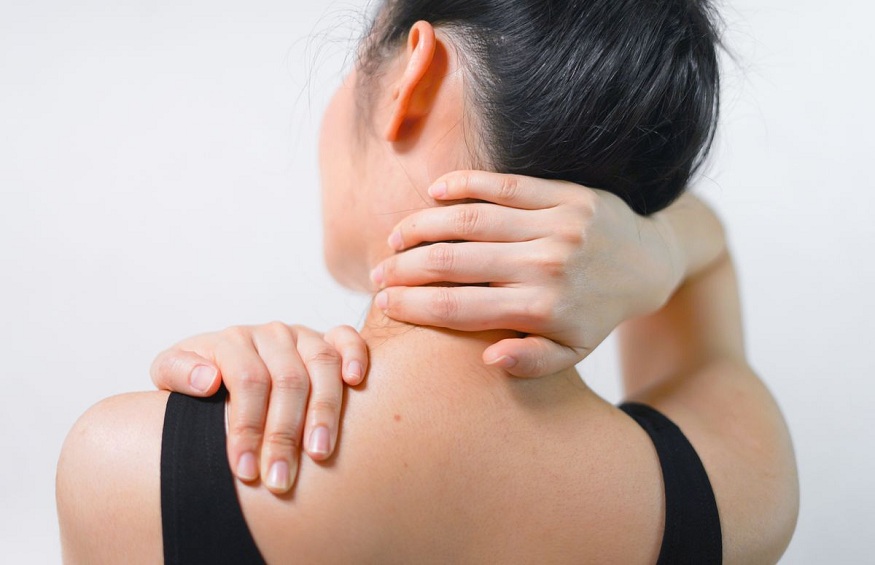Our shoulders are called upon daily to perform the simplest gestures: put on a coat, put on a sweater, open a closet or carry a backpack.
Our daily practices can sometimes put a strain on them, which is why many conditions can affect this joint: rotator cuff tendonitis , shoulder bursitis or shoulder capsulitis , to name the most common.
If you have shoulder pain, do not wait to treat the pain and make an appointment for a consultation with physiotherapy or occupational therapy .
Muscles, bones, tendons, ligaments: understanding the anatomy and functioning of the shoulder joint
Before getting to the heart of the matter, it may be useful to take a quick tour of the anatomy and functioning of the shoulder.
The shoulder joint allows for many movements: rotation, adduction, abduction or elevation.
The shoulder is, among other things, made up of bones (clavicle, scapula, humerus), ligaments, tendons and muscles. The bones are attached by ligaments, which have the role of holding the joint together.
Many muscles are involved in shoulder movement, and one group of muscles in particular covers the humerus, the rotator cuff. This set of four muscles (the supraspinatus, the infraspinatus, the teres minor and the subscapularis) helps maintain the joint and its rotational movements.
The other two structures most commonly affected in the shoulder are the bursae and the capsule.
For example, feelings of reduced mobility and muscle strength can be a sign of tendinitis or bursitis or capsulitis, especially in the case of loss of mobility.
If you have shoulder pain, make an appointment with one of our physiotherapists or occupational therapists. The management of your condition by one or the other will optimize your chances of recovery and a safe return to your activities.
Tendinitis (which is the inflammatory period of tendinopathy) is a condition that affects the tendons of muscles. It is important to understand that tendonitis can technically affect any tendon.
In the shoulder, the tendons of the rotator cuff are most often affected, due to the great mobility of the shoulder and their determining role in its control.
A tendon is a band of connective tissue whose role is to transmit to the bone the energy that the muscle releases during its contraction. The tendon must also absorb and maintain this energy. Tendonitis occurs when the tendon’s ability to adapt to stress is exceeded, resulting in inflammation in the acute phase.
It is important to note that pain can occur even if there is no inflammation. This is also the case for many consultations at the tendinopathy stage.
The causes
Commonly, this results in the overuse of the joint, in the context of a sports or professional activity. Repetitive movements or prolonged posture are often the cause.
Note that tendinitis can also be linked to factors other than overuse of the tendons, such as a shock, a false movement or sudden efforts. This could be the case of a person with a usually sedentary lifestyle, and who puts an intense strain on his body.




